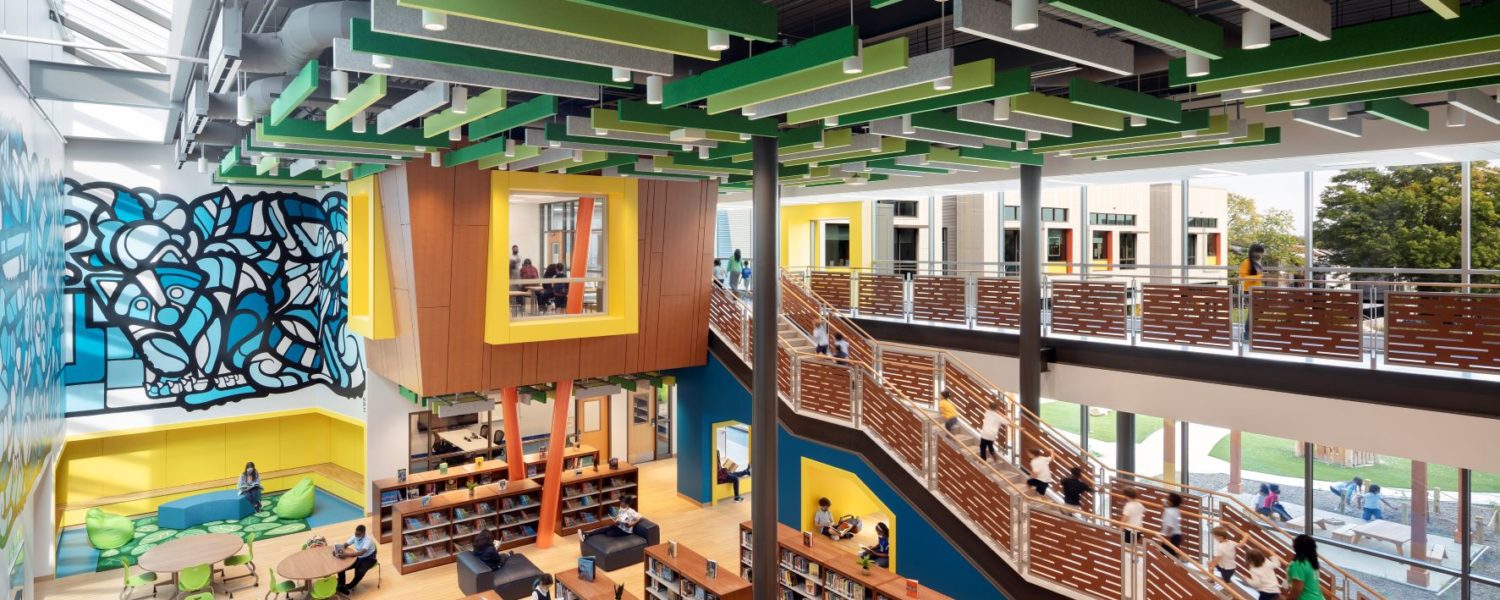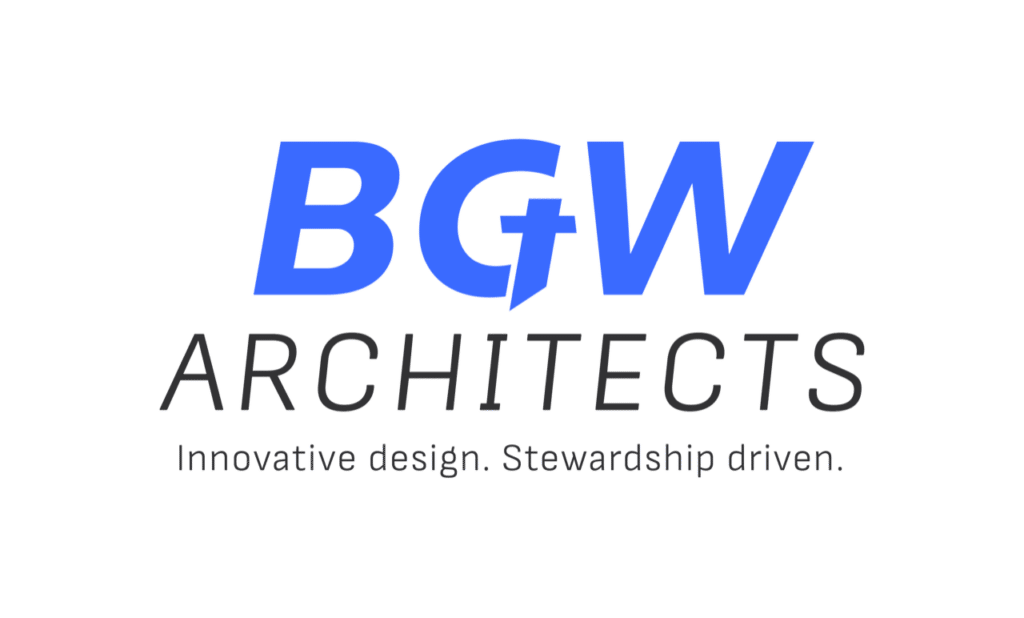By Susan H. Tully
Trends in the way our children are taught have changed dramatically in the last several years. The advent of the pandemic as well as the uptick in school breaches and shooter incidents have increased the focus on critical topics surrounding education. All of these have combined to affect the design and associated construction of K-12 schools.
Security in Schools
Schools across the country continue to prioritize safety with the continued occurrences of horrific active shooter incidents with increasing frequency. Because of this, the incorporation of physical measures to enhance security has become mainstream in new school design, while existing schools have required renovations and/or modifications to accommodate these measures.
The primary focus in physically incorporating measures for security in schools today is geared toward “proactive prevention” measures to keep potential intruders out of the school building or campus, utilizing Crime Prevention Through Environmental Design principles.
Across the country, schools are being retrofit to limit building and campus points of entry to secure vestibules. Fire alarm pull stations are being located away from these vestibules so unauthorized people cannot access them. Ballistic glass is being installed in the vestibules as well as on first floor windows. Classrooms are being designed with refuge areas (havens) where occupants can hide from potential intruders and classroom doors are being equipped with keyless door locking systems and shades on hallway and exterior windows.
On the exterior, fencing is being added that limit access while allowing proper egress, and landscaping and lighting are being designed to ensure that administrative personnel can maintain clear sight lines.
Next Generation Learning and Education
Preparing children for future careers, including careers that do not exist today is an ongoing challenge for teachers today. To assist with this, design for Next Generation Learning (also known as 21st Century Learning) design has evolved to expand from a classroom-based school to a learning community.
Collaboration spaces, combined with flexible classrooms and outdoor learning spaces actually enhance the ability to socially distance as more square footage is made available for students to learn in a collaborative manner. While the complexity of construction is increased in outdoor learning spaces, a variety of products such as imprinted asphalt have been introduced in the design that helps to achieve elaborate designs in a more economical manner.
Student Inclusion
Next Generation/21st Century innovations in technology are already embraced within the construction industry to resolve issues amongst school owners, designers, and builders in a collaborative real-time environment. Many builders also work with educators to demonstrate and utilize these technologies to teach and include the students throughout the life of a construction project.
Many builders utilize a 3D model of the building throughout the project planning phase to ensure that all of the piping, ductwork, and wiring can fit within the interstitial spaces between the ceilings and the building structure. Virtual reality headsets can then be utilized to “walk” students through the same 3D hologram mockup of their new school.
Builders also utilize junior builders building programs, which are designed to involve students directly in the design, construction, and maintenance of their own schools. The program empowers and encourages students to take care of their schools, helping to save on energy and maintenance costs. Students also learn about careers in the building trades, construction, architectural design, and engineering.
Sustainability and Wellness
Many existing schools have environmental conditions that contribute to poor indoor environmental quality. Poor quality school environments in turn can negatively impact student learning, performance, and health. Educators are recognizing this and are assisting design experts to attain Net Zero energy and/or water usage in a building.
Design in schools has evolved to focus on positive outcomes for student health and well-being in addition to sustainability features that typically focus on resource conservation and reuse.
Building design standards such as the WELL building standard focus on enhancing the impact of the indoor environment on student health and development and therefore improved learning through features such as increased daylighting and improved indoor air quality.
The Importance of Technology
Technology is no longer an option in schools, it is a requirement. New schools with robust wireless infrastructure incorporated into the design have become standard practice. We are seeing a strong trend in school retrofit with the enhancement of existing or the addition of these new systems to their older facilities.
Alternative Project Delivery Method
In an effort to bring schools to market more expeditiously, more and more schools are turning to the design-build project model to deliver their project. Traditional project delivery for school projects typically involves schools hiring an architect to complete the design for the project. Somewhere during the design phase, usually after the design for the project is more than 50% complete, schools issue a separate Request for Proposal to contractors, who then build the project once hired.
In this linear process, known as Design-Bid-Build, final costs for the project are not known until the project bids are received. In the design-build project delivery model, a single entity, typically the contractor, is responsible to integrate the entire design and construction phases of the project.
In this model, contractors help to establish a firm budget earlier in the design process so that the risk to the school is minimized, and any financial risk for errors and omissions is assumed by the builder. Contractors can also involve specialty trade contractors early to help schools to evaluate and ultimately choose the most efficient and economical building exterior, mechanical, electrical, and plumbing systems for the project.
With a single point of contact and responsibility, the entire project development process becomes more collaborative, and innovative solutions can be provided to help schools to achieve the best value and achieve their project goals.
Susan H. Tully is K-12 Center of Excellence/Market Leader at Gilbane, a global integrated construction and facility management services firm, www.gilbaneco.com.




